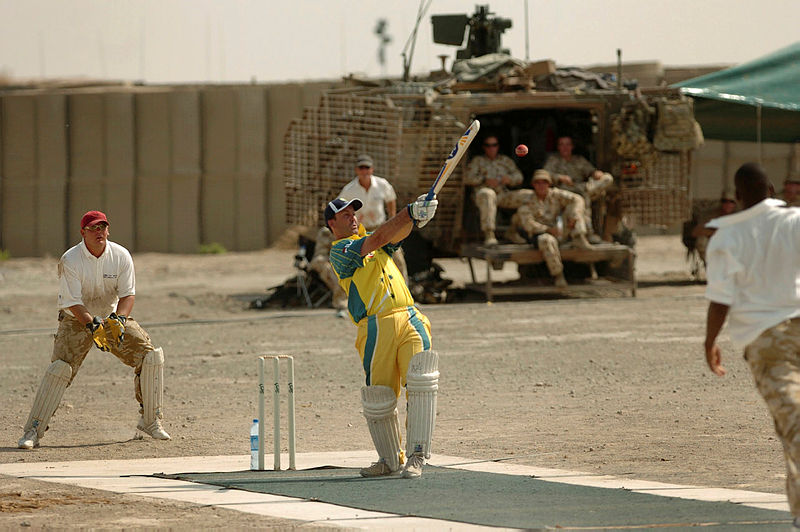More unneeded officers, more military influence. Indonesia’s law revision is a mistake

Amendments to Indonesia’s military law risk undermining civilian supremacy and the country’s defence capabilities. Passed by the House of Representatives on 20 March, the main changes include raising the retirement age and allowing military officers to serve in more government agencies. These are not as harmless as they sound.
Under the changes, the maximum retirement age for officers will be increased from 58 to 60. Meanwhile, four-star generals could serve until 63, with an additional two-year extension applied at the president’s discretion.
This move could exacerbate a pressing issue: the growing number of high-ranking officers without official assignments. According to Indonesia Strategic and Defence Studies, at least 120 high-ranking officers currently lack active postings within the military. Extending their service would likely worsen this excess, delaying the regeneration of leadership and reducing opportunities for younger officers to rise through the ranks.
Furthermore, service extensions risk favouritism within the military. Because they will be discretionary, the system may prioritise loyalty over capability, potentially sidelining more competent officers from important roles. As shown by the Iran-Iraq War, in which the Iraqi officer corps mainly consisted of Saddam Hussein’s personal aide, this priority of loyalty over skills may hinder response and capacity.
Another contentious aspect is the expansion of the number of civilian government agencies where military personnel can work. Under the previous law, active military officers could serve in just 10 government agencies, such as the National Search and Rescue Agency and the National Resilience Institute. Initially, the new law increased the number to 15, including the Supreme Court, Attorney General’s Office, National Narcotics Agency, and Ministry of Marine and Fisheries. After pushback from civil society, the Ministry of Marine and Fisheries was excluded.
While some may argue that the new regulation establishes clear boundaries for military involvement in government agencies, it remains unclear whether military personnel will be assigned only to specific positions or if they could occupy any available role.
In Indonesia, the military is often regarded as more disciplined and loyal than civilians, fostering an unhealthy and imbalanced power dynamic between military personnel and civilian professionals. This issue is further exacerbated by the military’s strong esprit de corps, which risks prioritising fellow soldiers for key positions over more skilled civilian candidates.
Additionally, the military’s hierarchical structure can weaken fair and inclusive decision-making within agencies. When military officers assume leadership roles, it raises the risk of groupthink and cognitive biases, as decision-making tends to be centralised around a single leader rather than following a more deliberative bureaucratic process.
More importantly, there are still loopholes, as some military figures can bypass regulations. For example, the appointment of active-duty officer Teddy Indra Wijaya as Indonesia’s Cabinet Secretary would normally have been illegal. To legitimise his decision, President Prabowo released a presidential decree, moving the Cabinet Secretary under the Presidential Military Secretariat. Prabowo’s efforts to accommodate Teddy show the ability of the president to override regulations, when necessary, which raises concerns about the effectiveness of safeguards against unchecked military influence.
This growing military involvement in civilian governance is a red flag for Indonesia’s democratic trajectory. If left unchecked, it could undermine one of the key achievements of post-Suharto reforms: the principle of civilian supremacy. Moreover, the uncertainty surrounding the military’s expanded role could erode investor confidence and comfort, potentially triggering capital flight.
Rather than raising the retirement age, a more effective approach would be restructuring and expanding combat units within the military to employ surplus officers. The military should also consider making its employment regulations more flexible. Currently, officers must complete 10 years of mandatory service before being eligible for retirement. Reducing this duration would allow them to retire earlier and, therefore, reduce surplus personnel. Additionally, the government may consider offering incentives for early retirees and upskilling programs to prepare them for career transition into the private and other civilian sectors.
Furthermore, to improve the military’s capability, defence policymakers should focus on combat capacity rather than only addressing personnel management issues. The law makes no comprehensive mention of modern warfare priorities such as cybersecurity and artificial intelligence—despite previous commitments from armed forces commander Agus Subiyanto to integrate these elements into a new military doctrine. This omission is particularly striking, given the growing importance of cyber warfare in contemporary security dynamics.
The revision should concern Australia, the United States and other democratic powers that supported Indonesia’s political and military reform in the Reformasi era. This era is marked by numerous human rights violations by the military, such as the kidnappings of students in the 1998 riots and alleged involvement in the 1999 East Timor crisis.
This revision’s reversing of progress in military professionalisation and setting back of civilian supremacy reflect the ineffective use of spending intended to reform the military in the early 2000s. This includes the International Military Education and Training program, which focuses on professional military education, human rights training and joint exercises.



